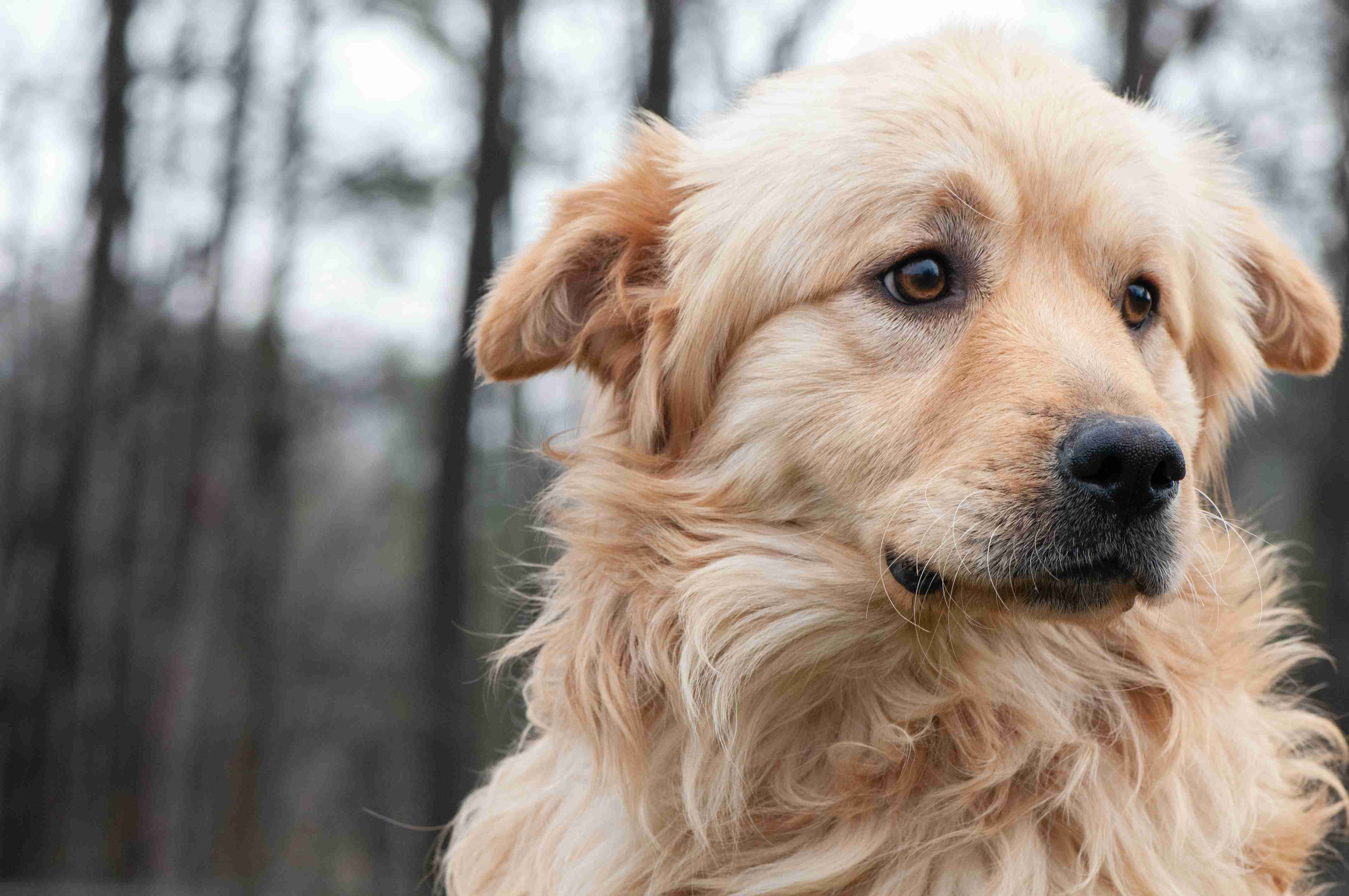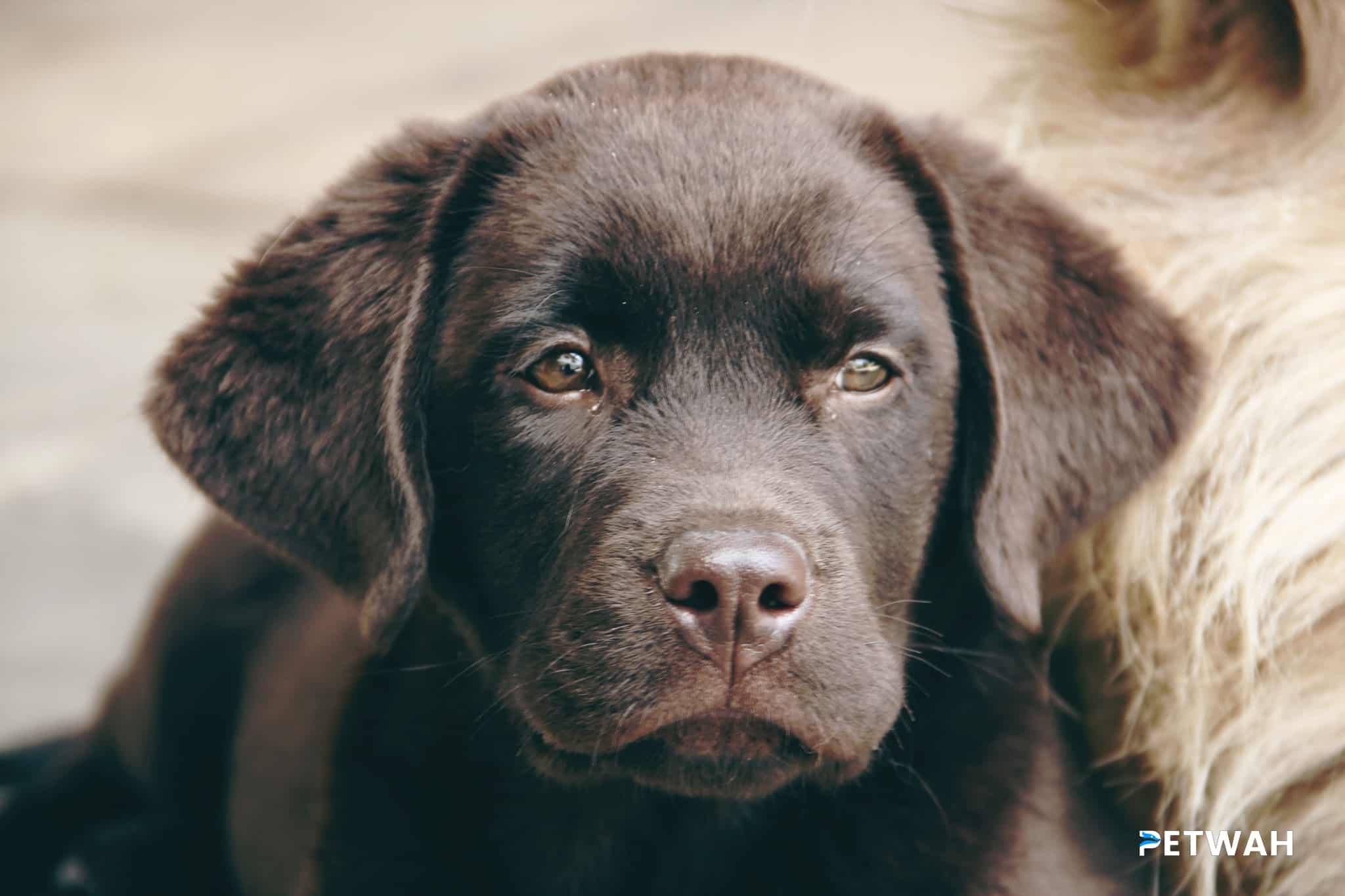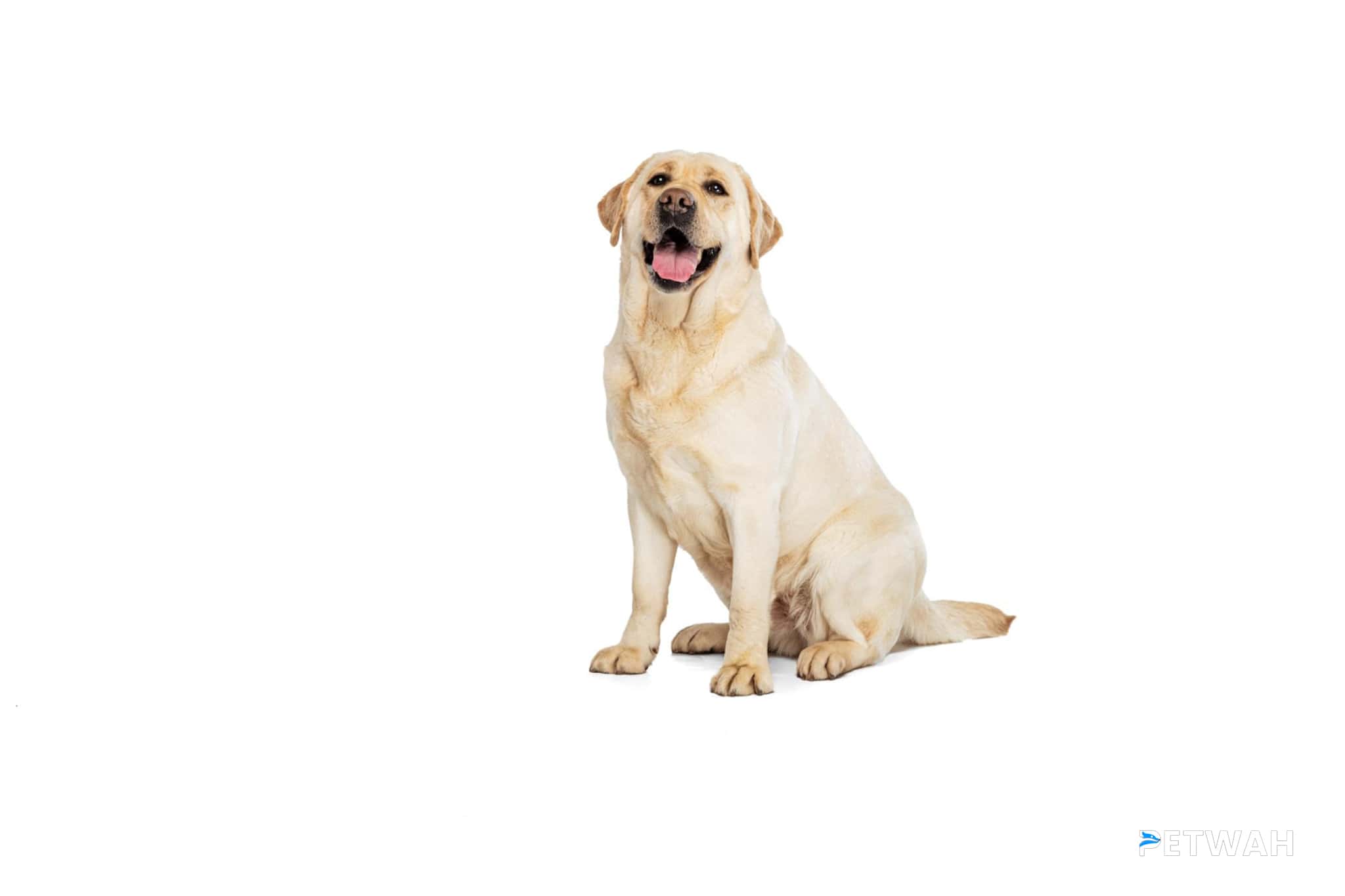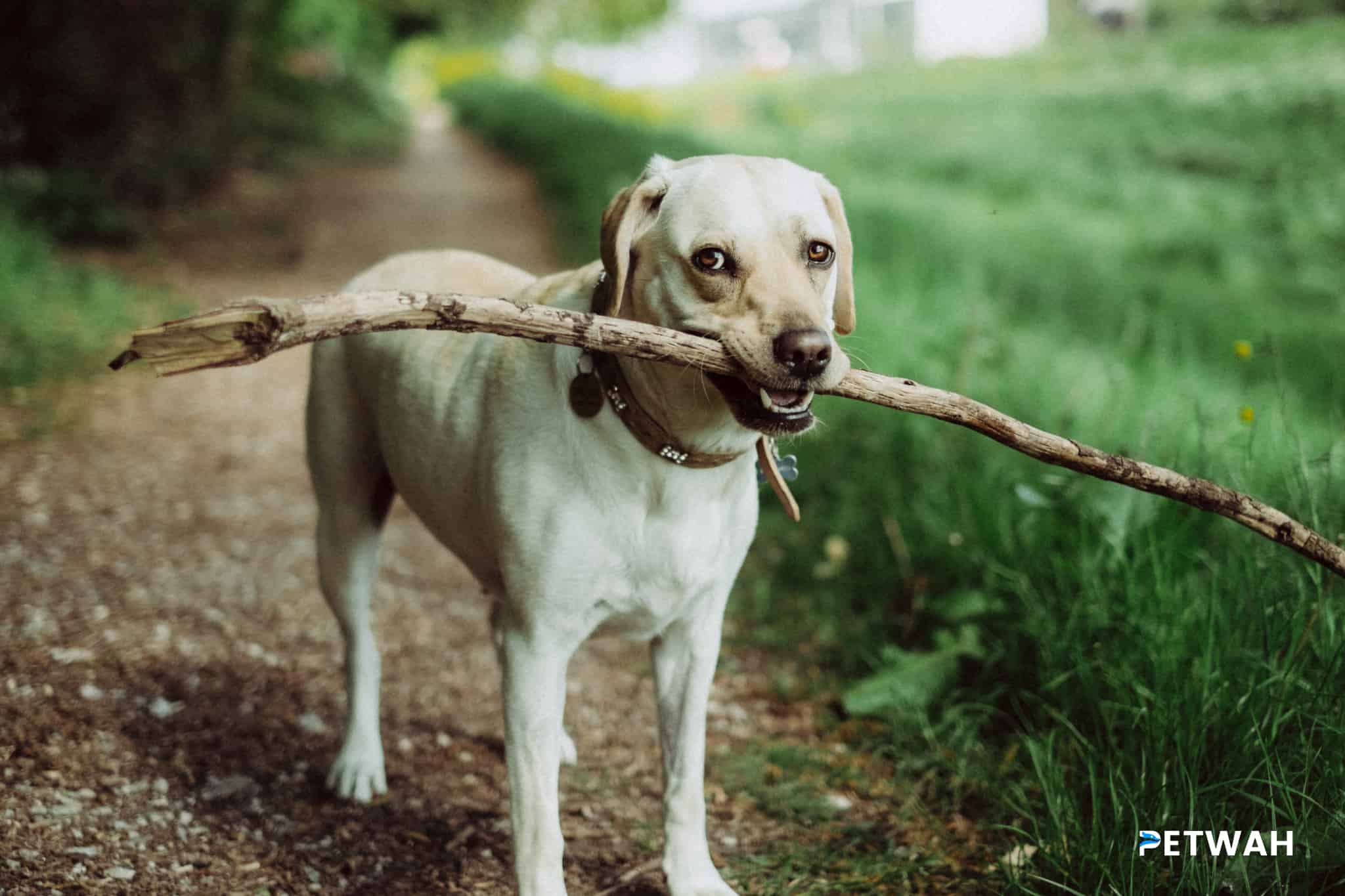As a dog owner, it’s important to be aware of the potential health issues that your furry friend may face. One of these health issues is bloat, also known as gastric dilation-volvulus (GDV). This condition can be life-threatening if not treated promptly. Knowing the signs of bloat and seeking veterinary care immediately can make all the difference in saving your dog’s life. In this post, we’ll discuss the signs of bloat and the treatment options available to help you better understand this condition and how to respond in case of an emergency.
Bloat, also known as gastric torsion or twisted stomach, is a medical emergency that can occur in dogs. It is a condition where the dog’s stomach fills with gas, food, or fluid, causing it to twist on its axis. This twisting can lead to the blockage of blood vessels and cause serious damage to the stomach and other organs. Bloat is a life-threatening condition that requires immediate veterinary attention. In this blog post, we will discuss the signs of bloat and the treatment options available.
Symptoms of Bloat:
Bloat can occur suddenly and progress rapidly. Some common symptoms of bloat include:
1. Swollen abdomen: The most obvious sign of bloat is a swollen or distended abdomen. The dog’s stomach may become visibly larger, tight, and hard to the touch.
2. Unproductive vomiting: Dogs with bloat may attempt to vomit, but nothing comes out. This is due to the twisted stomach blocking the passage of food and liquid.
3. Restlessness: Dogs with bloat may appear restless and uncomfortable. They may pace, whine, or pant excessively.
4. Difficulty breathing: As the stomach expands, it can put pressure on the diaphragm, making it difficult for the dog to breathe.
5. Pale gums: Dogs with bloat may have pale gums due to decreased blood flow.
6. Weakness: As the condition progresses, the dog may become weak and lethargic.
If your dog shows any of these symptoms, it is important to seek veterinary attention immediately.
Treatment Options:
.jpg)
Treatment for bloat typically involves stabilizing the dog’s condition and then surgically correcting the twisted stomach. The following are some common treatment options:
1. Stabilization: The first step in treating bloat is to stabilize the dog’s condition. This may involve administering intravenous fluids, oxygen therapy, and pain medication.
2. Decompression: To relieve the pressure on the stomach, the veterinarian may pass a tube through the dog’s mouth and into the stomach to release the gas and fluid.
3. Surgery: If the dog’s condition is stable, surgery will be necessary to correct the twisted stomach. During the surgery, the veterinarian will untwist the stomach and then suture it in place to prevent it from twisting again.
Preventing Bloat:
While bloat cannot be completely prevented, there are a few things you can do to minimize the risk:
1. Feed smaller, more frequent meals: Instead of feeding one large meal, consider breaking it up into two or three smaller meals throughout the day.
2. Avoid exercise before and after meals: Dogs should not engage in strenuous exercise for at least an hour before or after eating.
3. Use elevated feeders: Elevated feeders can help prevent dogs from gulping air while eating.
4. Avoid high-risk foods: Foods that are high in fat, salt, or citric acid can increase the risk of bloat. Avoid feeding your dog table scraps and stick to a high-quality dog food.
Bloat is a serious and life-threatening condition that requires immediate veterinary attention. Knowing the signs of bloat and seeking treatment promptly can increase the chances of a successful outcome. While it cannot be completely prevented, taking steps to minimize the risk can help keep your dog healthy and happy. If you suspect your dog is experiencing bloat, seek veterinary attention immediately.
In conclusion, bloat is a serious condition that can be life-threatening for dogs. It is important for dog owners to recognize the symptoms and seek immediate veterinary care if they suspect their dog may be experiencing bloat. Remember, prevention is key, so be sure to take steps to reduce your dog’s risk of developing bloat. By staying informed and taking proactive measures, we can help ensure our furry friends stay healthy and happy for years to come.


.jpg)

.jpg)



